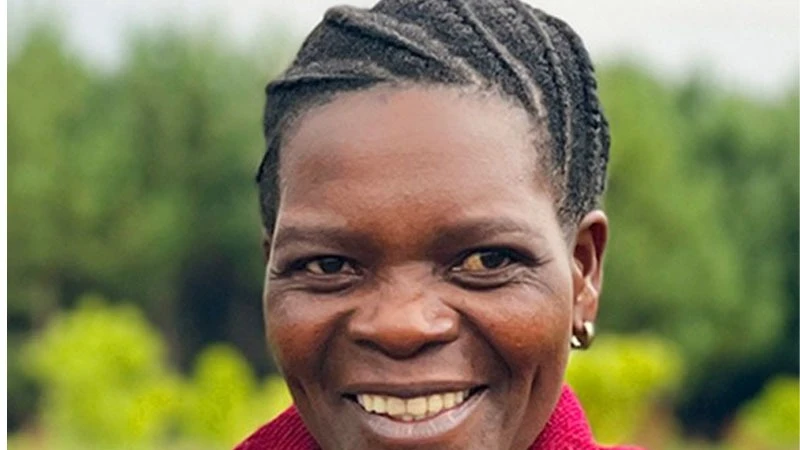East Africa remembers victims of deadly Indian Ocean tsunami

MWALOLA wa Mwalola, a long time fisherman on the Kenyan coast, vividly recalls the events of the deadly tsunami that struck the Indian Ocean 20 years ago. A survivor of the disaster, Mwalola credits the knowledge and experience of local fisherfolk with saving his life.
On the fateful day of December 26, 2004, when a massive earthquake off the coast of Sumatra triggered a devastating tsunami, Mwalola and his colleagues sensed the danger and decided to stay away from the ocean.
“My place of work was hit, but I was not affected because I heeded the warning," he recalls. "We avoided losses because we warned our colleagues of the impending danger and asked everyone to keep off the ocean that day.”
The tsunami, generated by a powerful earthquake off the Indonesian island of Sumatra, devastated the Indian Ocean region, including East Africa.
The impact was catastrophic: 228,000 lives were lost, with more than 300 of those fatalities occurring in the East African nations of Kenya, Tanzania, and Somalia, according to the United Nations Educational, Scientific and Cultural Organisation (UNESCO). The disaster highlighted the urgent need for better tsunami detection, forecasting, and preparedness.
For coastal communities in East Africa, the 2004 tsunami was a grim wake-up call. Although Mwalola and others in his community managed to avoid the worst due to their ocean knowledge, the event underscored the vulnerability of coastal regions and the lack of a formal tsunami warning system. Since then, global awareness about the risks of tsunamis has grown, but experts argue that much more needs to be done, particularly in East Africa.
Shamim Wasii Nyanda, an environmental activist at the Tanzania Ocean Climate Innovation Hub in Dar es Salaam, emphasizes that the growing threat of tsunamis and other disasters is compounded by the impacts of climate change.
“There's an increase in vulnerability due to climate change, but also limited adaptation funding," Nyanda said. "Most of the coastal cities lack sufficient financial resources to implement these climate adaptation measures, particularly in urban, under-resourced communities.”
The challenges of climate change, coupled with rapid urbanization, are adding to the risks. Nyanda points to Dar es Salaam as an example, where informal settlements continue to encroach on vulnerable coastal areas, making them more susceptible to natural disasters like tsunamis.
“People build housing in areas where they shouldn’t," she said. "When these disasters come, they are not prepared. They do not have the technology or the infrastructure, and what happens? They are just swept away.”
As East African nations mark the 20th anniversary of the 2004 tsunami, experts stress the importance of investing in preparedness, prevention, and mitigation measures. While improvements have been made in monitoring and warning systems, much remains to be done to ensure coastal communities are better equipped to handle the threat of tsunamis in the future.
Strengthening infrastructure, raising awareness, and securing funding for disaster resilience are seen as crucial steps in reducing the risk of a similar catastrophe.
The 2004 Indian Ocean tsunami left an indelible mark on the world and has since spurred international efforts to build resilience against such events. However, as climate change continues to exacerbate the risks faced by coastal regions, the need for concerted action and improved disaster management remains ever more urgent.
Top Headlines
© 2024 IPPMEDIA.COM. ALL RIGHTS RESERVED

























